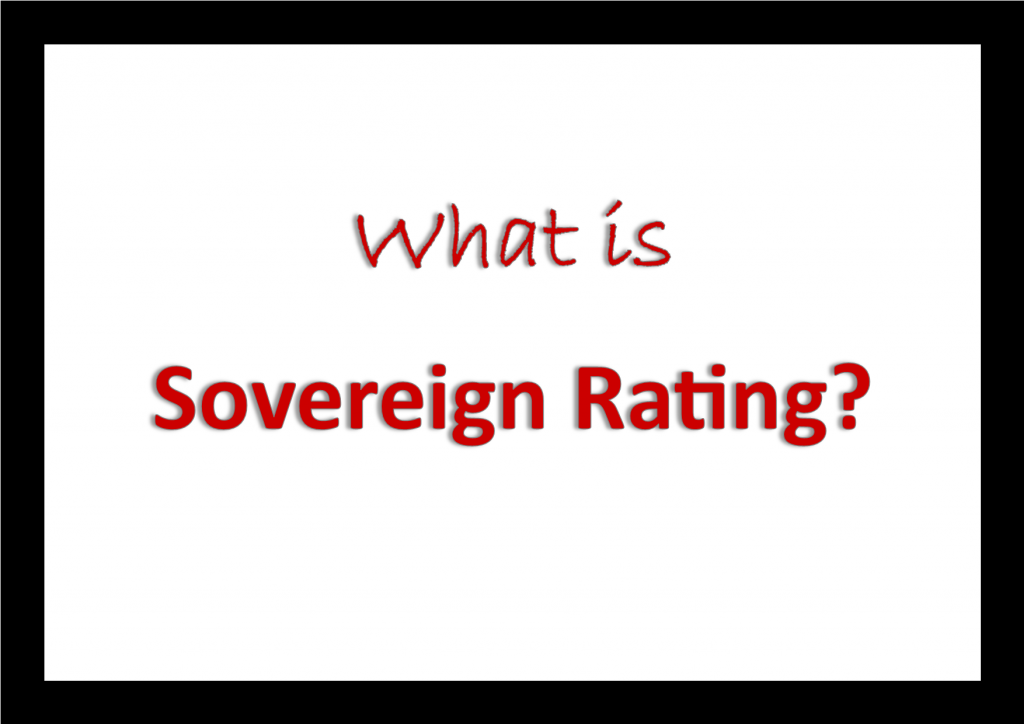(Contributed by: Ms Deltta Kurian)
Credit rating is in news whenever an economy goes through some trouble. In recent months in the context of the Covid crisis and recession threats, lot of rating institutions have downgraded India’s sovereign rating. On June 1st, 2020, the international credit rating firm -Moody’s downgraded India’s sovereign ratings from Baa2 to Baa3. It is the lowest investment grade in Moody’s scale. The rating agency also revised the outlook from ‘stable’ to ‘negative’. Other rating agencies like Fitch, Standard and Poor also made similar downgrades on India’s sovereign rating.
Moody’s Investors Service (or Moody’s), Standard & Poor’s and Fitch are considered as the ‘Big Three’ credit rating agencies in the world.
What is credit rating?
Credit rating is an assessment of the creditworthiness of a borrower including an individual, a company or a country.
Sovereign rating is a type of credit rating where the assessment is made on the overall condition of a country.
What is sovereign rating?
Sovereign credit rating is an independent assessment of the creditworthiness of a country or sovereign entity. Governments borrows huge funds by issuing debt instruments like government bonds. Creditworthiness here means the ability of the government to pay back its debt without default. Under sovereign credit rating, the factors considered are mainly the macroeconomic strength of the economy and the fiscal health of the government.
Sovereign credit ratings can give investors insights into the level of risk associated with investing in the debt instruments (like bonds) of a given country, including political risks.
Sovereign rating is useful to understand the risk of bonds issued by governments across the world. Moody’s itself gives the following view of sovereign rating:
“In the vast majority of the world’s debt capital markets, national governments are the largest borrowers, and their credit standing provides a benchmark for other issuers of debt.”
What are the factors considered by rating agencies for sovereign rating?
The latest methodology for estimating ratings of governments, given by Moody’s identify four factors.
- Economic Strength,
- Institutions and Governance Strength,
- Fiscal Strength and
- Susceptibility to Event Risk.
Some of the factors comprise sub-factors, metrics and sub-sub-factors.
What is the utility of sovereign credit rating?
Investors use sovereign credit ratings to assess the riskiness of a country’s debt instruments like bonds.
Why this downgrade?
The rating downgrade was driven by the low growth of the Indian economy as compared to the potential and concerns over debt affordability. Government is now obliged to borrow more in the context of the tax revenue fall.
What is the meaning of negative outlook?
Negative outlook means that there could be another downgrade in the future.
What is investment grading?
Investment grading can be interpreted in terms of credibility of the debt instrument (bonds) issued by the government (as wee as companies in that case). Here, if the government has sovereign rating of investment grade, with ‘Baa3 rating or higher, (Moody’s or Standard and Poor’s), it means that the debt instrument issued by the government have a low risk of default. Below this grade is the non-investment grade.
The investment grading extends from Aaa to Baa3. Bonds issued by companies with rating below this mark will be considered as junk bonds. Still, in the case of governments, the bonds are less risky because of the sovereign protection.
| Rating grade | Grade designation |
| Investment grade | · Aaa
· Aa1, Aa2, Aa3, · A1, A2, A3 · Baa1, Baa2, Baa3 |
| Non-investment grade | · Ba1, Ba2, Ba3
· B1, B2, B3 · Caa1, Caa2 · Caa3 Ca, C |
*********










